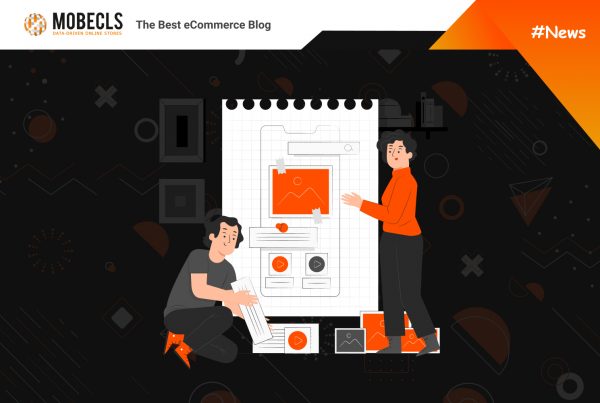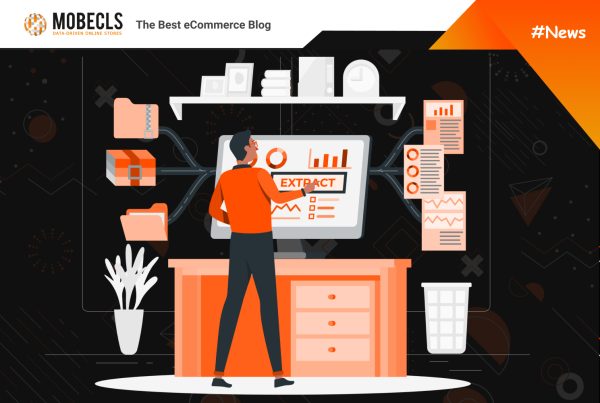It often happens that many eCommerce entrepreneurs do not pay much attention to accounting. According to the statistics, 82% of businesses fail due to poor cash flow management, so a clear picture of your financial statement is the clue for long-term success. Accurate accounting provides the opportunity to learn your financial fundamentals: revenue, expenses, sales tax liabilities, margins, and cash flow.
Due to complex data that is spread across multiple systems, eCommerce accounting is a challenging task. And manual managing of everything is really a mess. That’s the main reason why retailers and brands are using software to stay agile and organized, while they allow technology to handle bookkeeping tasks, so as to gain more time to grow. Ready to start? Here you can learn how automation of your accounting can benefit your eCommerce business.
Benefits of eCommerce Accounting Automation
Stay Compliant, Know your Sales Tax Liabilities
At the most basic level, businesses need to do accounting for compliance and sales tax purposes. Online retailers know that the eCommerce sales tax landscape is growing more complicated by the day. You need a clear view of your revenue and the tax rates of each jurisdiction where you sell. Tools like Avalara and Taxjar are great for automatically capturing sales tax rates and filing. However, you still have to record your tax liabilities accurately in your accounting system.
This is where automation comes into play. By connecting your sales channels and accounting system, you’ll ensure timeliness and accuracy come tax season and save your accountant plenty of headaches. Even better, you can use your accounting system as a single source of eCommerce truth moving forward.
Gain Cash Flow Visibility
Understanding the rhythm of your income and expenses gives you a strong sense of how much money you can re-invest and how much money you have on hand to replenish stock or hire additional staff. Simply put, cash flow is the essential data that will make or break your operations.
However, your bank statement isn’t enough. It only shows a snapshot of your cash position and doesn’t factor in pending payouts, processing returns, and varying fees. Case in point: Amazon only settles your funds every two weeks. On top of that, when they do settle, they may keep a significant portion of your money in reserves. Then, not only do you not know how much you made, but you also might not have as much cash in the bank as you thought you did.
Automation enables much-needed visibility, so you can see incoming and outgoing money without painstakingly cobbling together data from all of your sales channels or using guesswork. You can see why your bank statement looks the way it does and where your business spending is.
Better Inventory Management
Another challenge online sellers face is inventory management. There is a constant flow of incoming vendor shipments and outgoing customer orders via multiple digital (and, possibly, physical) sales channels. It’s a delicate balance of keeping enough inventory on hand to avoid overselling but not so much that it sits stagnant in a warehouse, where you’re paying storage fees and seeing no return on investment. At the same time, you’re tracking fulfillment costs: picking and packing, shipping, and inevitable returns.
By automating these workflows, you get the bigger business image: how inventory and fulfillment impact your revenue, cash flow, and profitability. A complete financial picture is essential for any business. The rapid pace puts you at risk of missing important details if you’re doing accounting by hand.
Streamline End-of-Month Reconciliation
Once you have all accounting data in, you’re spending a lot less time figuring out what the data is and can make any adjustments at the end of the month. You get your books right, and the bank balance looks the same as what’s in your accounting system. Then, you know you can close your books and settle, saving time and money along the way. If your accounting system is connected to your channels correctly, you’ll know how the engine is developing and whether you need to throttle up or down.
Understand Profitability
The rate of money going into and out of your business is a critical performance indicator of performance. Profitability largely determines whether your business will be successful long term.
Online retailers often struggle to understand their profitability because eCommerce sales channels don’t provide line-by-line details of purchasing transactions and spending. (The same challenges of clearly seeing cash flow also apply here.) And that’s before calculating fixed expenses like rent, payroll, and variable expenses like advertising and seasonal warehouse workers. Once again, putting automation in place between your sales channels and accounting system saves time and provides clarity, so you can see your profit margins and adjust spending as needed.
If you’re looking for a solid solution to automate and streamline your eCommerce accounting, contact us and we’ll help you to integrate the best one for your business.




